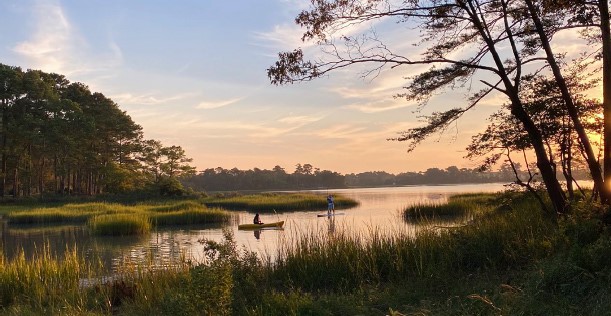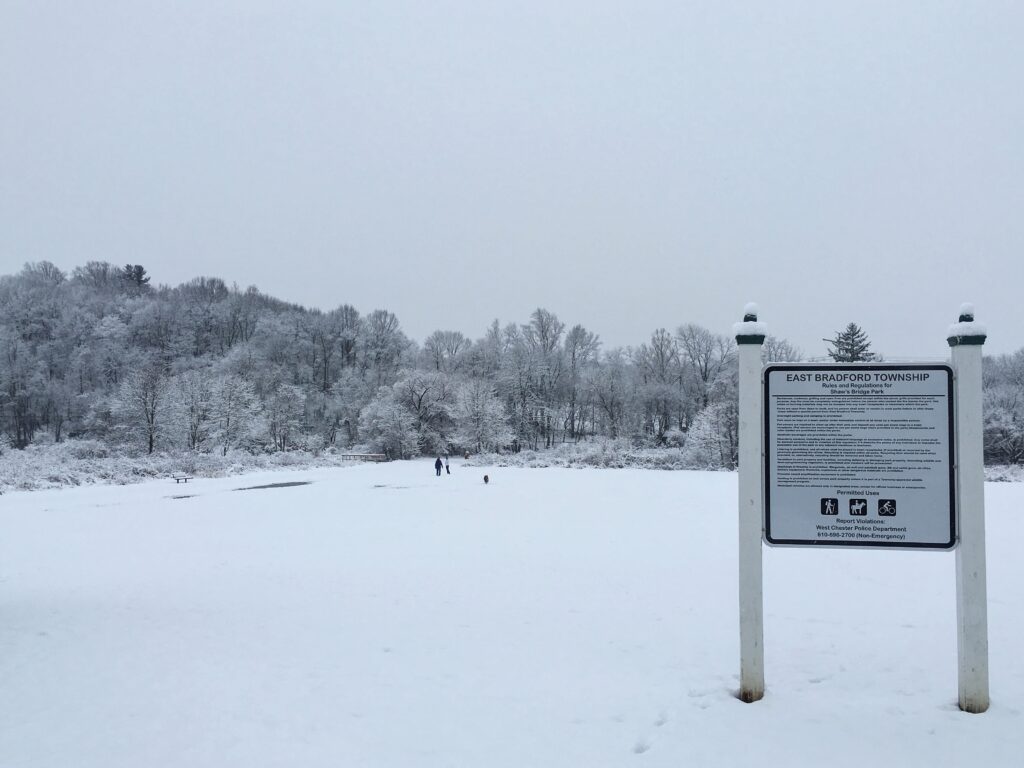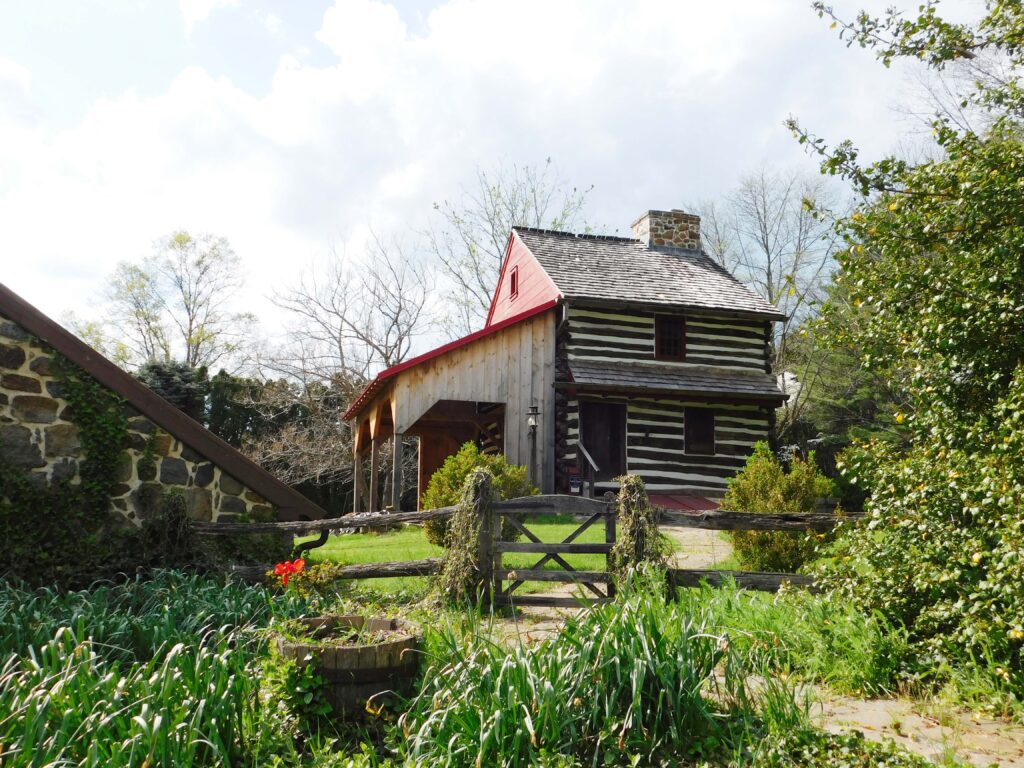Bay Creek’s Nature Preserve encompasses woodlands, clear running creeks, glassy ponds, and is naturally populated with hundreds of species of wildlife. It will be traversed by an innovative trail system and will be home to thoughtfully planned activity areas and access points for exploring waterways by kayak or canoe. The Nature Preserve gives Bay Creek residents and guests an incredible glimpse into an amazingly diverse ecosystem in Cape Charles, Virginia.
When Preserve Communities sought to identify and protect this special area, they knew it would ‘take a village’. An integral part of this team of experts is the North American Land Trust (NALT). NALT is a national organization committed to conserving and restoring natural and cultural lands for present and future generations, and that’s just what their work at Bay Creek seeks to accomplish.
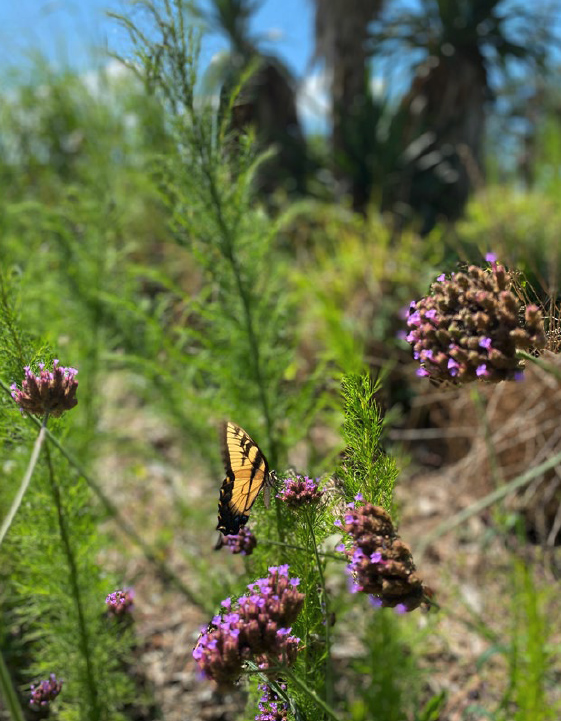
Lauren Gingerella, Wildlife Biologist, and Will Gandy, Biogeographer, both of NALT, have been working diligently behind the scenes and among the trees for more than a year now, identifying plant and animal species and working on plans to optimize the Bay Creek Nature Preserve.
“We have been doing biological assessments and inventories of the plant and wildlife species in the Nature Preserve at Bay Creek for over a year now,” says Lauren Gingerella, Wildlife Biologist for NALT. Lauren, an ornithologist, is documenting the birds on Bay Creek as well as other wildlife species.
“When I’m here, I cover as much habitat as I can,” Lauren says of her several multi-day site visits. “I observe the open fields, which are great for grassland bird species, the hardwood forests, the shoreline and the salt marsh.” It’s an amazingly diverse area. Equipped with her binoculars, she identifies birds by sight, listens for their calls, and documents her findings. “For some of the species that are more at risk, I’ll play a recording of their song and listen for their response, so I can document their occurrence on the property,” she says.
In a short amount of time, Lauren has documented over 80 species of native wildlife, including more than 75 bird species. She uses trail cameras to document species as they travel through the Nature Preserve.
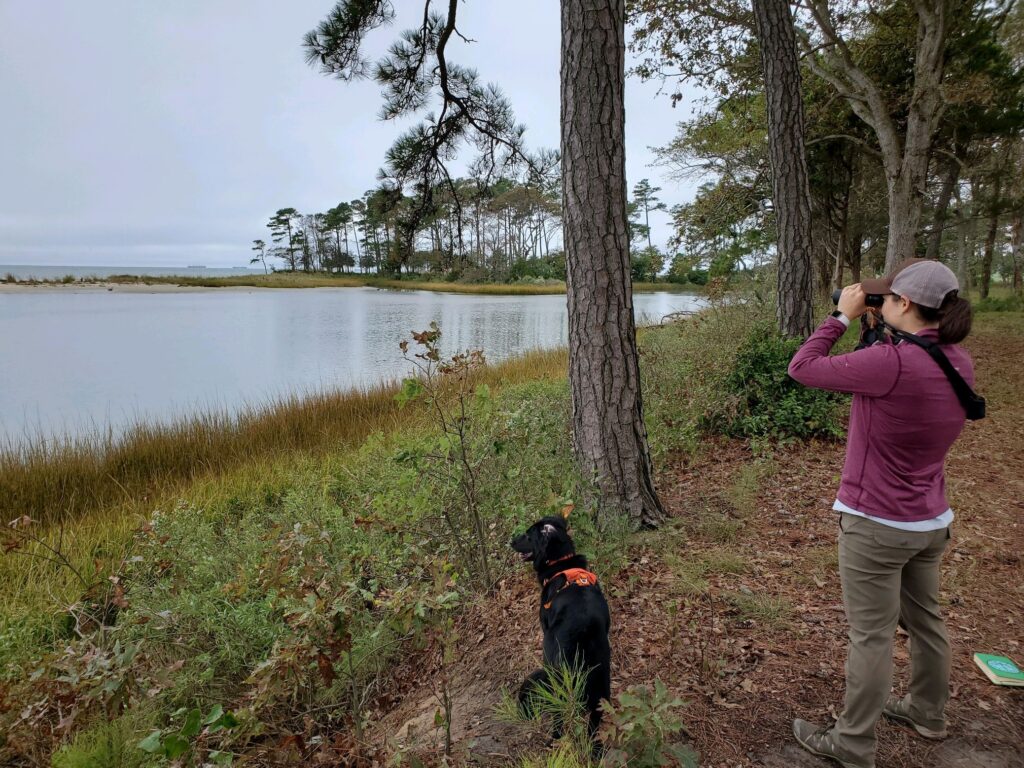
Lauren’s work at Bay Creek also includes focus on a conservation management plan. This plan includes transitioning some native areas to more bird-friendly habitat. Simply put, the plan will improve and preserve habitat for the wildlife that utilizes it now and make it an attractive habitat for at-risk species, too. “We’ll be collaborating with Preserve Communities on the best way to accomplish that,” she says.
“This is a spectacular spot,” says Lauren. “Bay Creek falls within an important bird zone. Here on the lower Delmarva peninsula, there’s an estimated 10 million neotropical songbird migrant species that travel through this area on their fall migration—and millions of birds of prey, too.”
Lauren’s work out in the field puts her up close and personal with many of the species that call Bay Creek home. “Last fall, out on the property, I looked up and saw about a dozen merlins, which is a falcon species, just cruising on by!” Lauren recalls. “I also saw some bobwhite quail on the edge of the fairway—it was kind of funny to see them on the course, but they are a grassland species so it’s plausible that they’d be out there.”
NALT’s work to manage and enhance the Nature Preserve and surrounding areas is beneficial to all types of wildlife populations. The preservation and management of botanical species is an integral part of this as well.
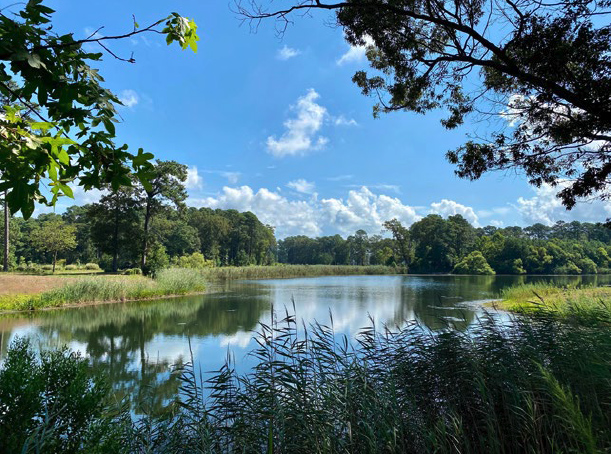
Will Gandy is a biogeographer for NALT and has been working within the Bay Creek Nature Preserve since 2019. “I’ve compiled botanical inventories and plant community descriptions. That was the baseline level of work we did initially,” says Will. “Since then, we’ve been actively working with David Brannon and his group at Preserve Communities on conservation management.”
NALT was engaged to provide consultation on how to manage or renew the natural areas in the Nature Preserve and the former golf areas to be the best they can be environmentally. It’s a multi-faceted effort. “This means actively managing the forest stands for invasive species, and promoting native species in those forest systems,” explains Will. “It also means looking at the old golf areas and seeing how they can be converted back to the natural environment that would have been there pre-colonization.”
These efforts involve choosing specific native plantings. “It’s a careful process,” says Will. “Because of globalization, we have many invasive species and a seed bank from all over the world. So you can’t just let an area ‘go wild.’ We have to actively manage the area and plants to get things back to its native composition,” he adds.
“We recently looked at some meadow areas that were formerly fairways. Right now, we’re planning what kind of seed mixture will go there. It’s such a hotspot for birds because of the neotropical migratory path that’s here. We’re really excited about what these areas will become,” says Will.
Active conservation management for these areas means creating variety, too. “We’re looking for a mosaic of habitat,” explains Will. “Different species are going to occupy different habitats at various times of the year, for different reasons. Tall pines are really good for certain needs while grass habitats and meadows, or shrubby habitats, are good for others,” Will says. “These areas have a chronological factor, too—things are fruiting and going dormant at various times. Animals will use these areas in different seasons for their life cycle.”
“Having that mosaic of habitat at Bay Creek is important, and because the peninsula is in the neotropical flyway, it’s even better,” explains Will. Making the most of the natural areas of Bay Creek is essential. NALT, along with Preserve Communities, is also collaborating with Avid Trails, ensuring the new trail system that will be an engaging, enriching part of the lifestyle of Bay Creek will also be ecologically sound.
“I recently spoke with David Brannon and Avid Trails,” says Will. “We’re working together so that all the many moving parts fit into the overall plan,” he adds. “…from where the trails are going, to what they’ll be made of, to how they’ll be installed…those are all things that NALT will consult on to make sure it fits ecologically.”
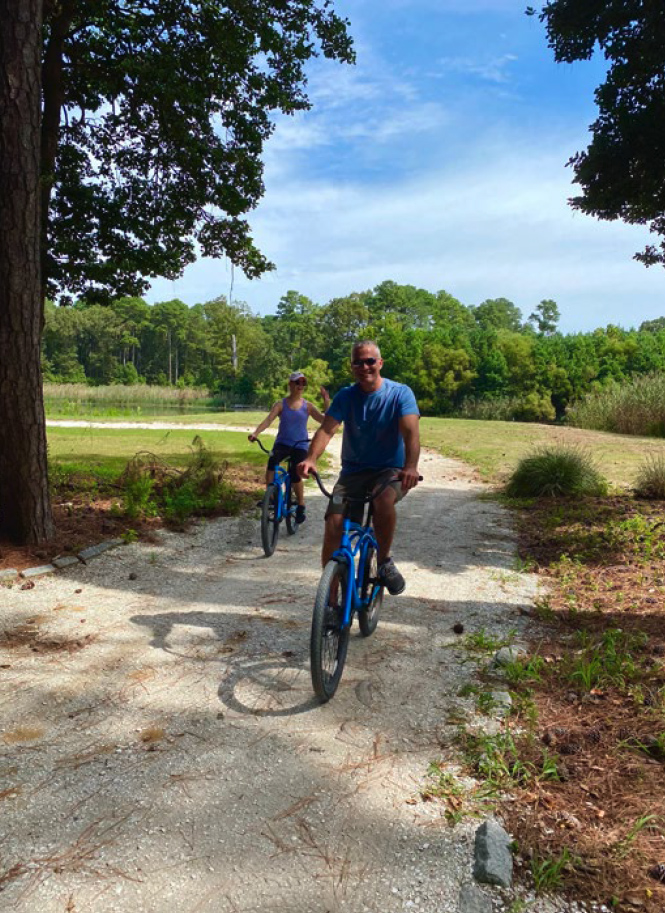
Bay Creek occupies a stunningly beautiful piece of the world. But besides its beauty, the land upon which Bay Creek is situated is an ecosystem that is important to the health and survival of an entire region.
“These creeks and waterways that are emptying out into the Chesapeake Bay and the Atlantic Ocean are all tidal creeks. They’re freshwater that mix into the saltwater and flow outward. These tidal creeks’ ecosystems and plant assemblages…and the animals that occupy them… are some of the most important habitats to preserve now,” says Will.
“Seawater has been rising for the last 20,000 years and it continues to do so,” remarks Will. “These ‘transition zones’ like the ones found at Bay Creek, which are incredibly diverse with animals and plants, will continue to slowly migrate inward. These valuable areas can be found all along coastal environments and that includes Bay Creek,” he explains.
These natural areas act as a buffer. Both wildlife and the local community depend on these areas –they’re crucial for agriculture, aquaculture, and more here on the Chesapeake Bay. “To be able to add habitat and conserve these areas is essential. They’re not only beautiful but they’re important, too,” adds Will.
In the coming months, Will and Lauren of NALT will continue documentation of species and consultation on best practices for the hundreds of acres that make up the Bay Creek Nature Preserve. Bay Creek and Preserve Communities is pleased to be part of an effort that will benefit both our nature and our neighbors. We appreciate the expertise of the professionals from North American Land Trust and look forward to continuing the important work of enhancing and preserving our greatest natural resources.
BY PAULA KNORR | ARTICLE ORIGINALLY APPEARS IN BAY CREEK SURROUNDINGS NEWSLETTER – OCTOBER ISSUE

